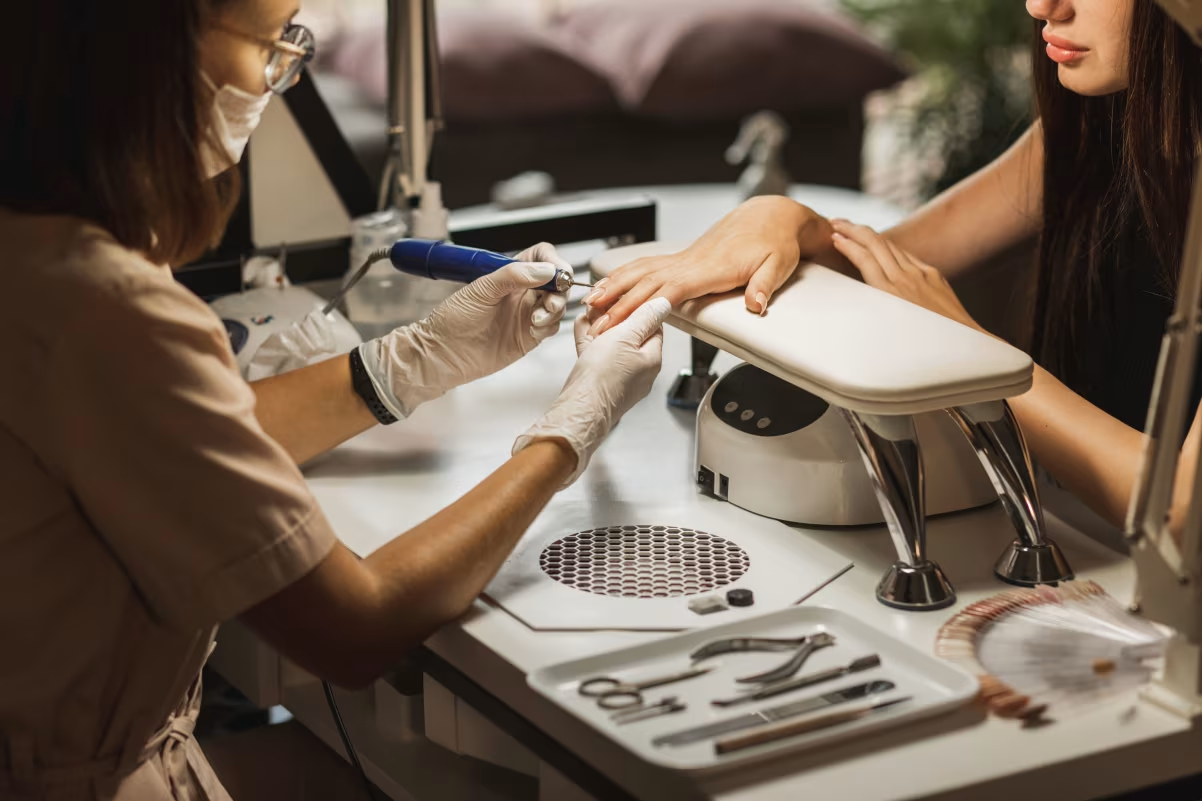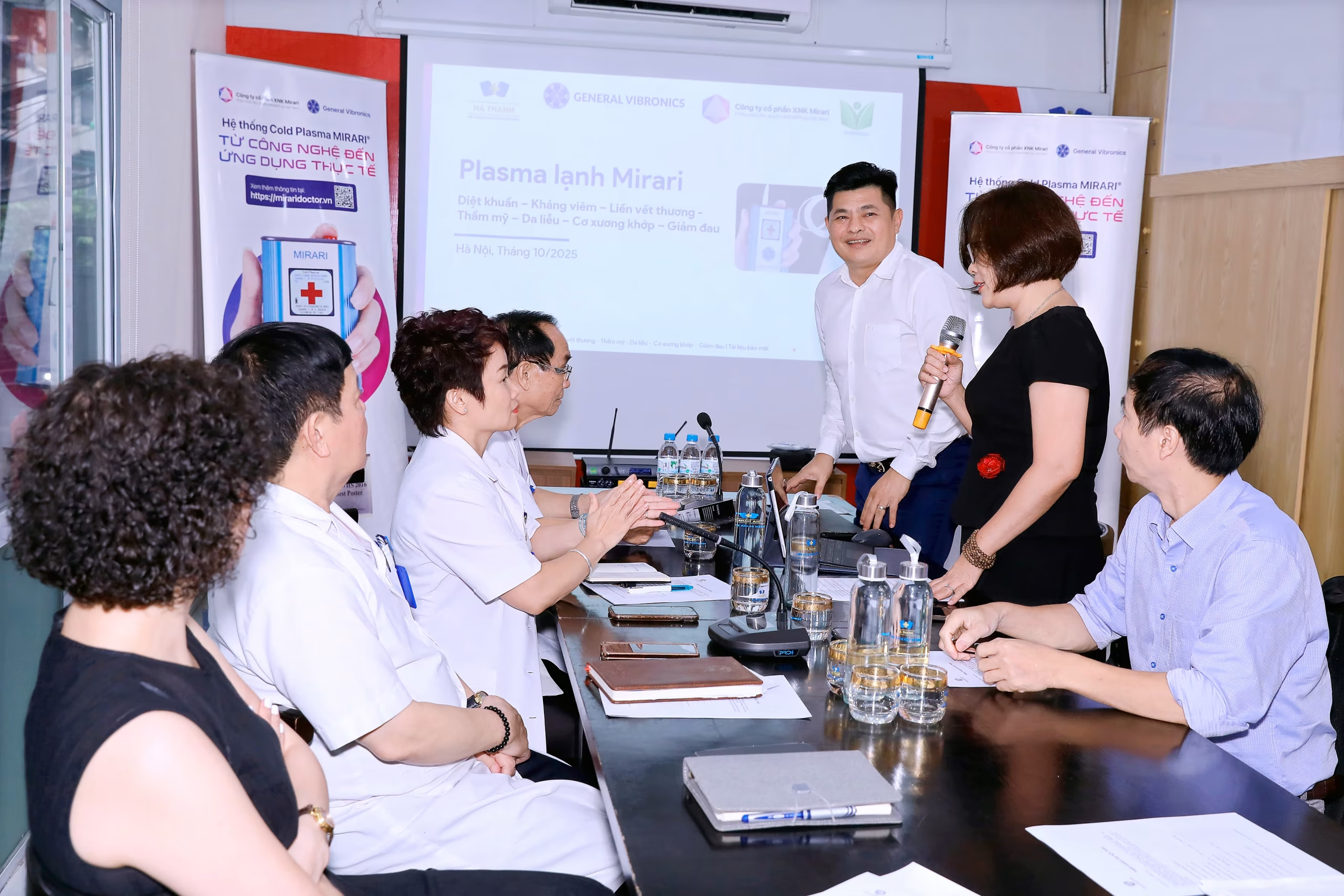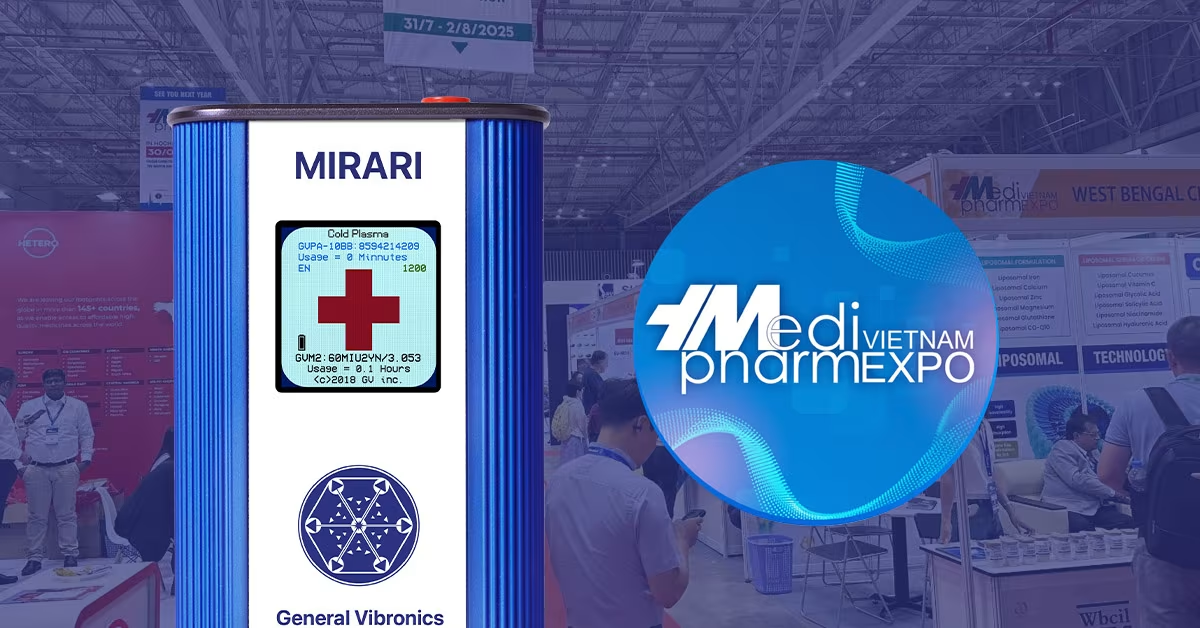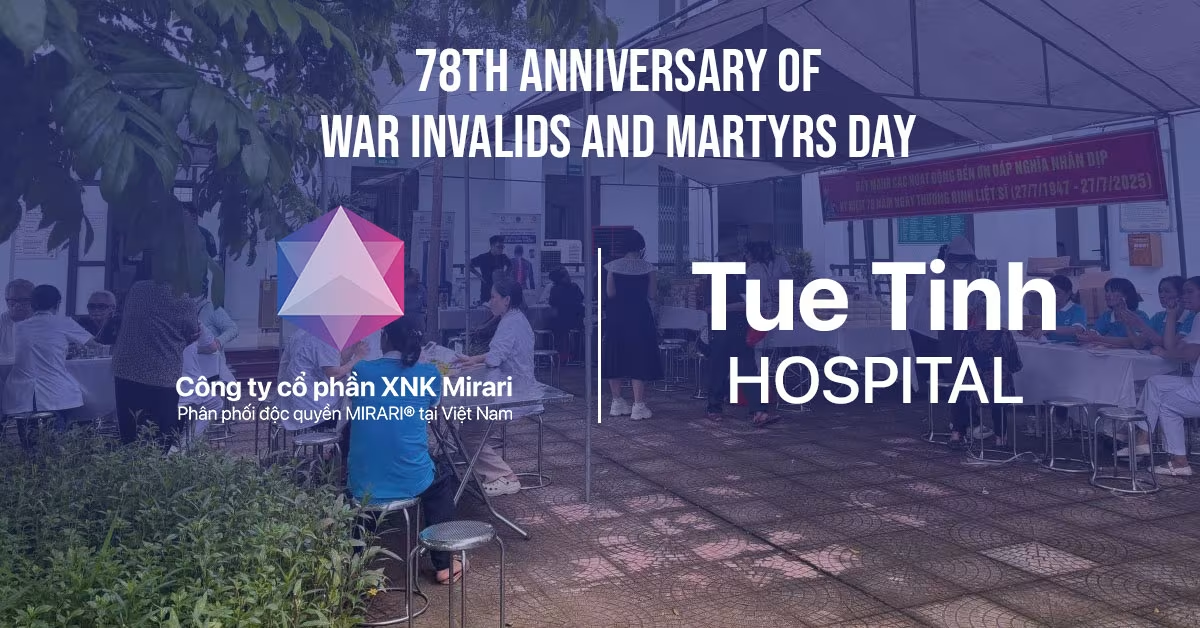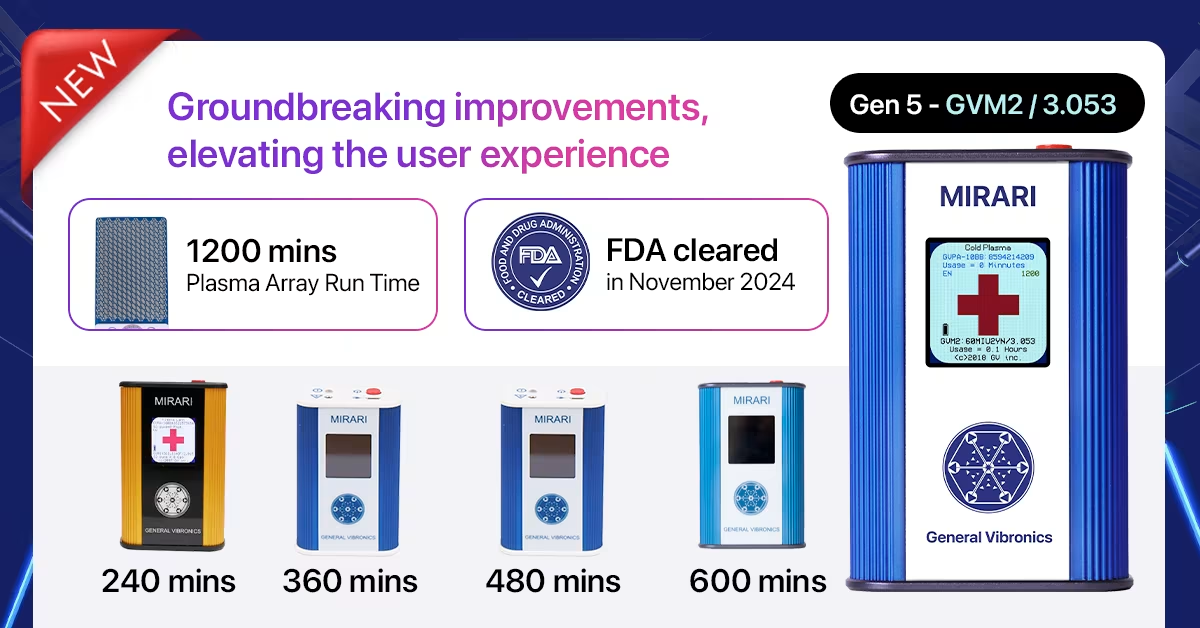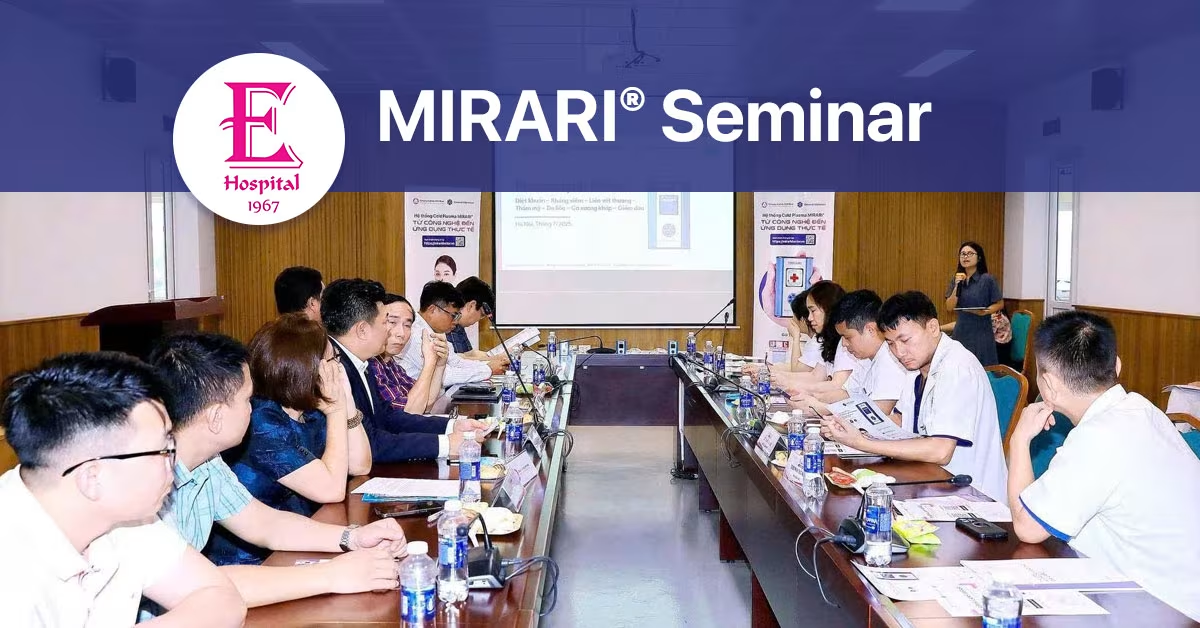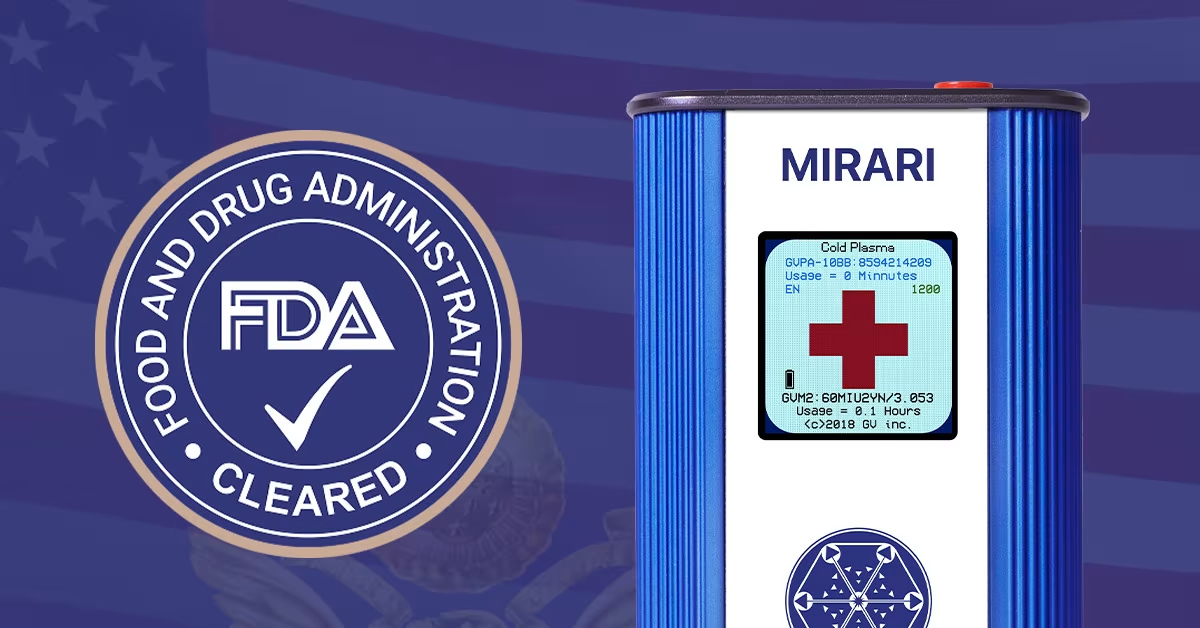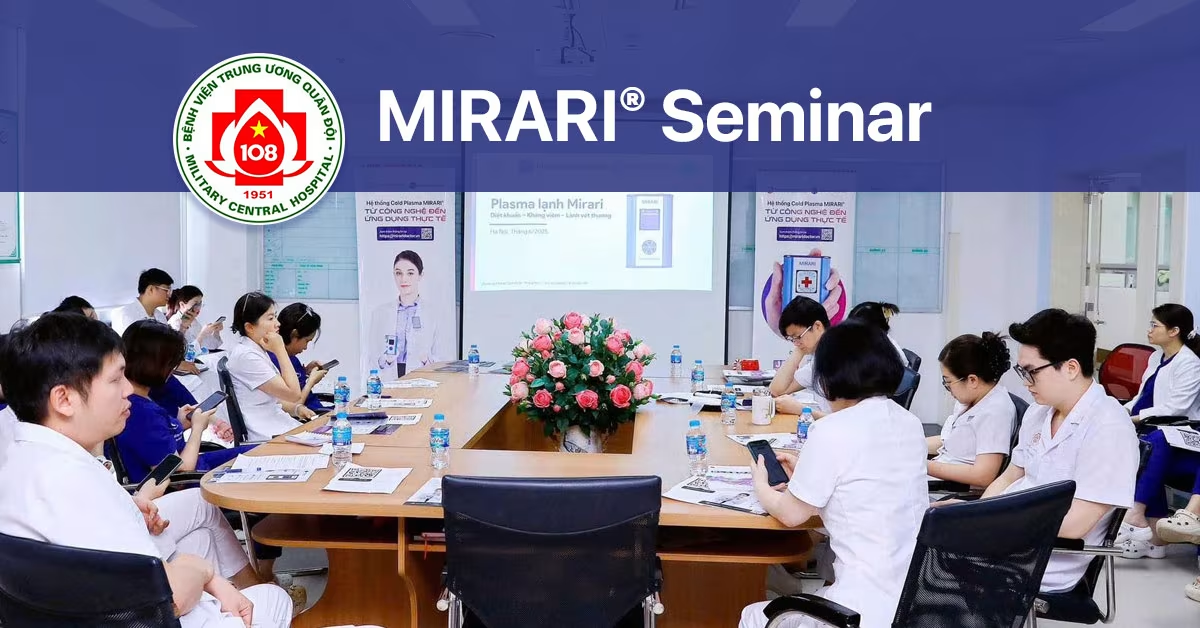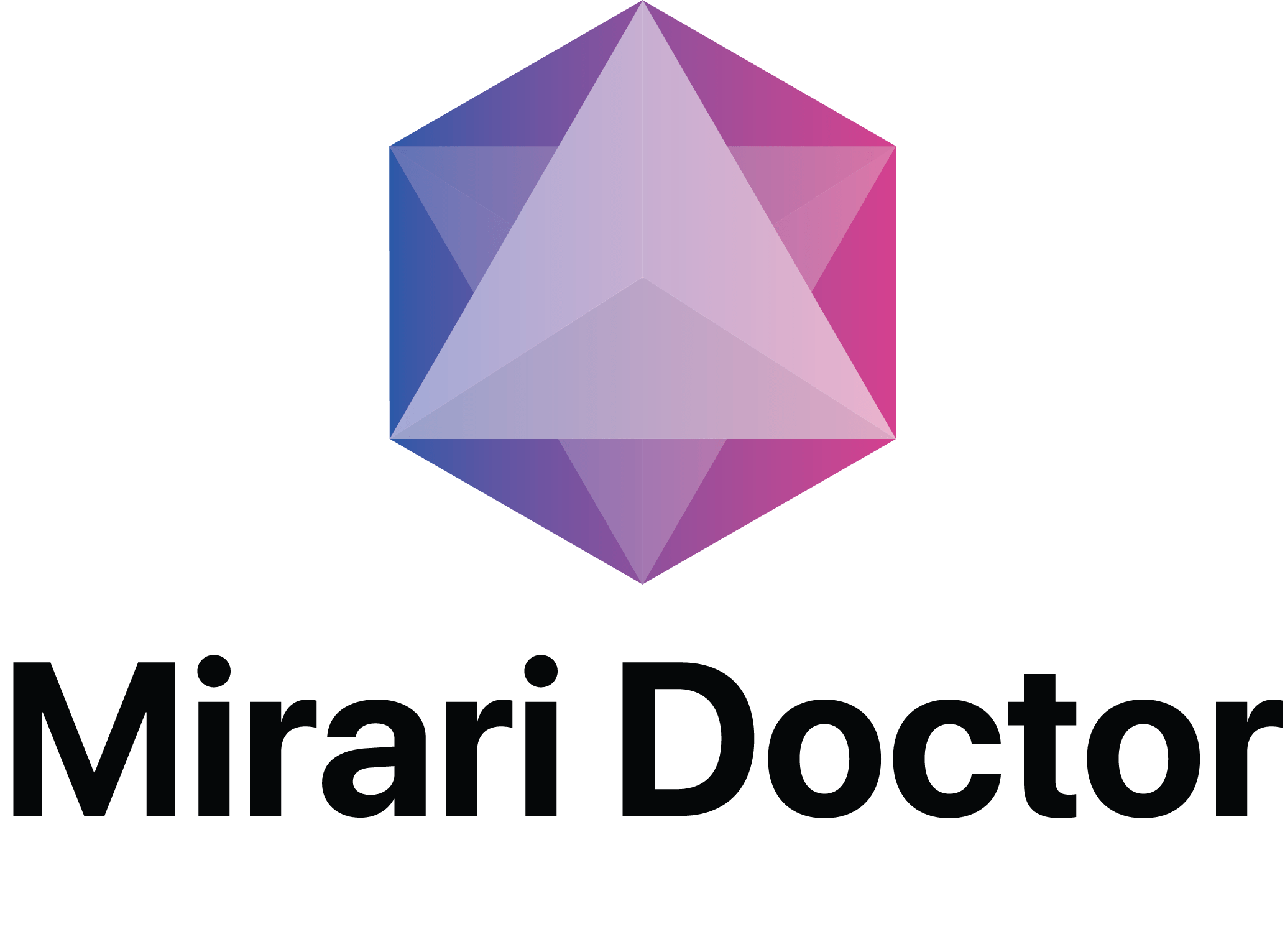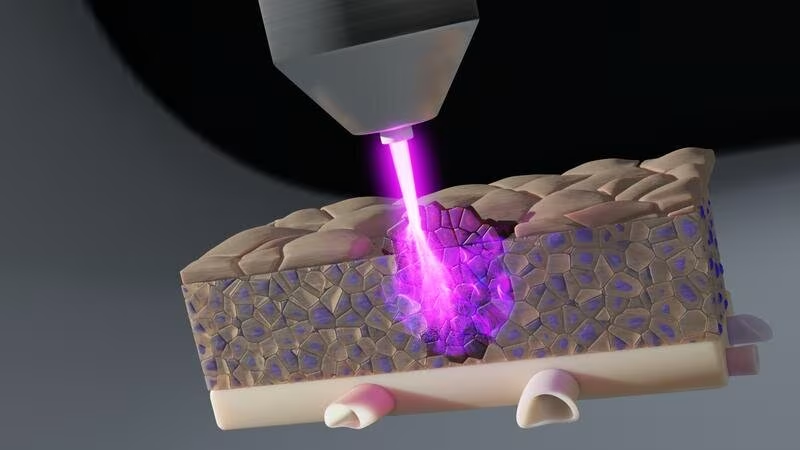
German scientists have made a significant advancement in cancer treatment technology by proving that ionized gas therapy can effectively eliminate malignant cells located deep within tissue structures. This discovery could revolutionize how oncologists approach tumor treatment and post-surgical care.
Revolutionary 3D Testing Models Reveal Treatment Mechanisms
A collaborative research team from the Leibniz Institute for Plasma Science and Technology (INP), alongside medical professionals from Greifswald University Hospital and University Medical Center Rostock, has successfully mapped how cold plasma therapy functions at the cellular level.
The breakthrough centers on their development of sophisticated three-dimensional hydrogel models that accurately replicate authentic tumor environments. These innovative testing platforms allowed researchers to track exactly which therapeutic molecules penetrate tissue and determine their specific anti-cancer properties.
Key Research Findings
The study, featured in Trends in Biotechnology, unveiled several surprising discoveries:
- Peroxynitrite molecules demonstrated remarkable tissue penetration, reaching several millimeters into cellular structures
- Hydrogen peroxide, previously considered the primary active component, showed minimal therapeutic impact
- Treatment effectiveness remained consistent even when hydrogen peroxide was completely eliminated from the plasma mixture
Understanding Ionized Gas Treatment
Cold plasma represents an ionized gas state that generates numerous chemically active compounds, specifically reactive oxygen and nitrogen species. These ephemeral molecules possess the capability to significantly influence biological cellular functions, including tumor cell proliferation and destruction.
Dr. Lea Miebach, the study’s lead researcher, emphasized the complexity of plasma interactions within living tissue. Her team’s innovative modeling approach provided unprecedented insight into molecular behavior and therapeutic mechanisms.
Post-Surgical Applications Show Promise
The research team conducted specialized testing to evaluate plasma therapy’s potential in preventing cancer recurrence following surgical procedures. Their experimental design simulated post-operative scenarios where residual malignant cells remain at surgical site margins.
Results demonstrated exceptional efficacy against cancer cells that had migrated into surrounding healthy tissue. This finding suggests significant potential for reducing post-surgical relapse rates.
Clinical Implementation Advantages
| Benefit | Description |
|---|---|
| Deep Penetration | Reaches cancer cells several millimeters below surface |
| Selective Targeting | Focuses on malignant cells while preserving healthy tissue |
| Post-Surgical Application | Eliminates residual cancer cells at wound margins |
| Gentle Treatment | Less invasive than traditional therapies |
Future Medical Applications
Professor Dr. Sander Bekeschus, who directs INP’s Plasma Medicine research program, highlighted the study’s potential to transform clinical practice. Enhanced understanding of active molecular components will enable more precise therapeutic targeting for specific cancer types.
The research utilized the medically approved kINPen plasma jet, demonstrating practical applicability for clinical environments. This established medical device provides a foundation for immediate therapeutic development.
Advancing Cancer Treatment Precision
This research represents a crucial advancement in plasma medicine, offering new pathways for more effective and patient-friendly cancer treatments. By identifying which specific molecules drive therapeutic outcomes, medical professionals can optimize treatment protocols for individual cancer varieties.
The collaborative effort between plasma physics researchers and clinical oncologists demonstrates how interdisciplinary approaches can accelerate medical breakthroughs. Their innovative tissue modeling techniques could be applied to studying other therapeutic interventions beyond plasma treatment.
Research Impact Summary
- Enhanced treatment precision through molecular identification
- Improved post-surgical outcomes via residual cell elimination
- Reduced treatment invasiveness compared to conventional methods
- Better understanding of plasma-tissue interactions
This groundbreaking research paves the way for next-generation cancer treatment protocols that could offer patients more effective therapeutic options with reduced side effects. The combination of advanced modeling techniques and proven medical devices creates a strong foundation for clinical translation.
Source: Trends in Biotechnology (2025), DOI: 10.1016/j.tibtech.2025.07.004
Related articles
Made in USA


